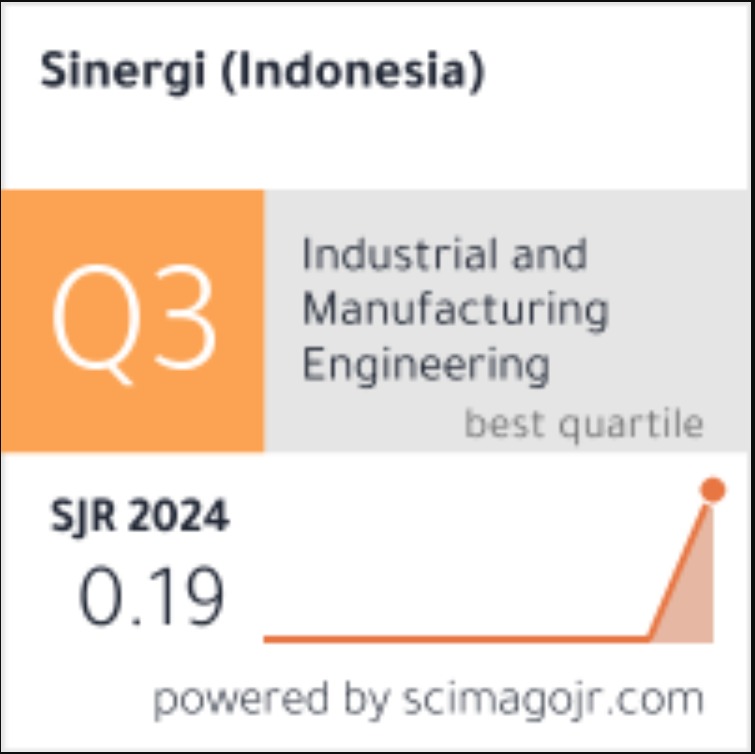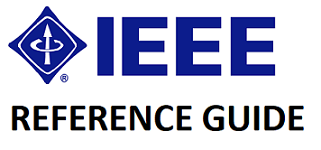STUDY ON URBAN RESIDUAL SPACE AS SOLUTIONS REVIEW FOR AREA PROBLEMS
Abstract
In cities, spaces were intentionally formed, planned, or unintentionally unplanned. Unlike planned spaces, unplanned spaces in urban areas eventually tend to cause problems for the area. These spaces were referred to as residual spaces, which were generally vacant land or open space in various urban spaces. Urban residual space was also commonly found in tertiary activity centers in big cities like Jakarta, one of which was in the trade and service area of the city. Residual space in such areas grew and developed due to dense activity within the area, resulting building density, irregularity in some spatial use and environmental degradation. Due such conditions, several questions are significant to be raised. What are the typology, utilization, and its impacts on the area? Did it only cause a problem, or could it be a solution to problems within the area? This study aimed to examine the typology of residual space based on the shape, location, utilization, and impact of trade and service activities in South Jakarta, Kebayoran Lama area. The proposed approach used was a qualitative study of the residual spaces in predetermined trade and commercial areas. The study results of the physical, spatial, visual, and social conditions of urban residual space were explained descriptively to get a picture of the characteristics of the form, location, utilization, and impact on the area.
Keywords
Full Text:
PDFDOI: http://dx.doi.org/10.22441/sinergi.2021.3.002
Refbacks
- There are currently no refbacks.
SINERGI
Published by:
Fakultas Teknik Universitas Mercu Buana
Jl. Raya Meruya Selatan, Kembangan, Jakarta 11650
Tlp./Fax: +62215871335
p-ISSN: 1410-2331
e-ISSN: 2460-1217
Journal URL: http://publikasi.mercubuana.ac.id/index.php/sinergi
Journal DOI: 10.22441/sinergi
Journal by SINERGI is licensed under a Creative Commons Attribution-ShareAlike 4.0 International License
The Journal is Indexed and Journal List Title by:














